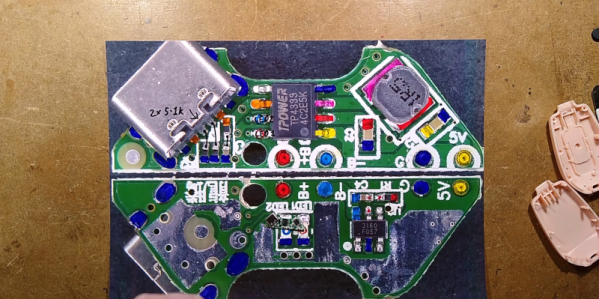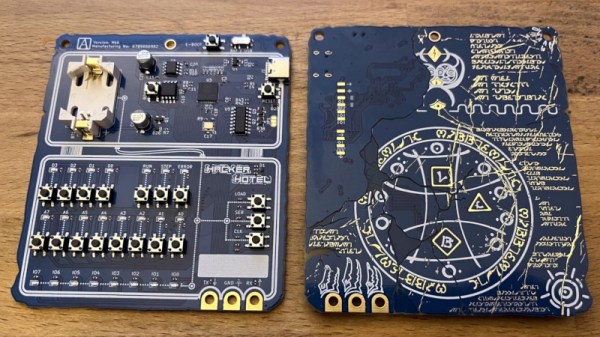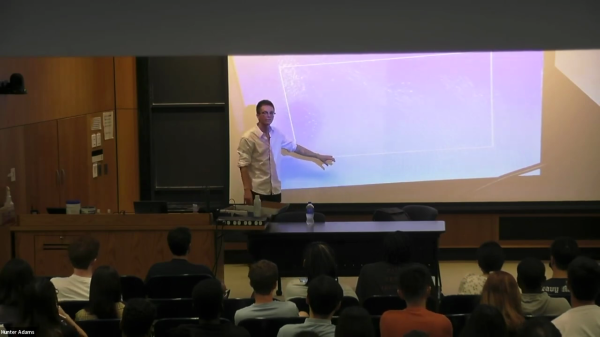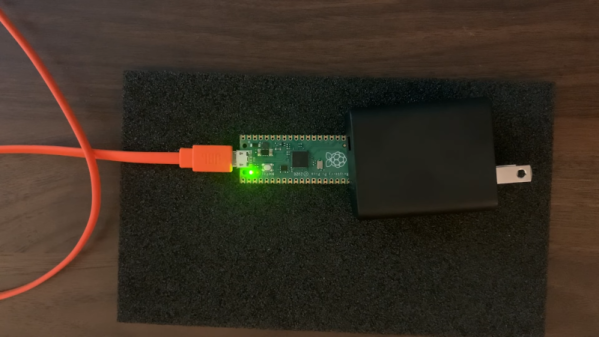It was one of those weeks, where Elliot and Dan found a bounty of interesting hacks to choose from for the podcast, making it hard to pick. But pick we did, and we found so many deep and important questions. What good is a leaky HDMI cable? Good for falling down a TEMPEST-like rabbit hole, that’s what. Why would you use a ton of clay to make a car? Because it’s cool, that’s why. What does an electron look like? A little like a wiggling wire, but mostly it looks like a standing wave… of waves.
Is artificial intelligence going to take over all the code and start suing us for copyright violations? Maybe yes, maybe no, but we’re definitely in a strange, new world. And when all our media is on demand, what is the spectrum that broadcasters currently use going to be good for?
It’s not all heavy questions, of course; we found a lot of fun hacks, like an extreme drill press makeover, a couple of low-power cyberdecks, the return of Norm Abram in glorious AI-generated HD, getting up close and personal with flip dot displays, and a sled that lets you go uphill as easily as going downhill.
Check out the links below if you want to follow along, and as always, tell us what you think about this episode in the comments!
Download your own personal copy!


















